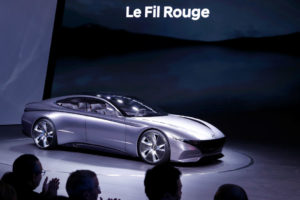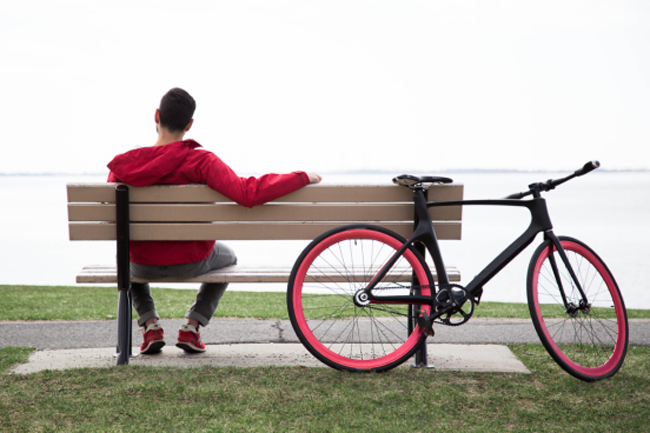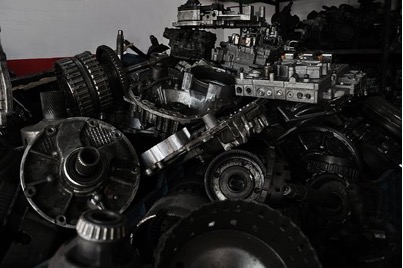Self driving vehicles are on a slow route toward reality, and the 2015 Chicago Auto Show is full of safety technology that will put cars. They’ll see a host of safety technology which might be daunting when people visit the car show, says Russ Rader. It might take several years before we might purchase a car that prevents us out of point A to point B autonomously, Rader says, but its high technology systems are on the road now.” . Robocar prototypes are taking a route of the year’s car show circuit. The Mercedes F015 Luxury in Motion Requires a trick from card enjoying train commuters.
But don’t give your Metra ticket just yet Mercedes do not expect vehicles until 2020 in the showroom. Off the highway, the self driving A7 concept of Audi needs the laying of hands about the steering wheel. But a lot of its attributes will be in the 2016 Q7 in dealer showrooms this year. The SUV steers itself to city parking spaces that are tight, then watch the cyclists in the bike lane. Safety attributes have come a substantial way out of the antilock brakes and stability controllers of a few years ago. They may stop a frontal collision, avoid a sideswipe and prepare passengers for sudden impact.
They are also more affordable. Electronic braking systems, once a luxury option, are today standard on all cars. Smart brakes and crash alerts are following the same pattern. We are putting the same advanced accident prevention systems in a $20, 000 Mazda3 which are in an $80, 000 Mercedes, states Dan Ryan, Mazda public affairs director. These are steppingstones to autonomous vehicles.”. The latest and most advanced systems are still largely offered as choices, bundled in safety or technology bundles or available only in the most expensive trim levels. Car shoppers who are safety and spending budget conscious can concentrate on technology with a proven record.
Here is a guide to safety technology features which will be displayed in the most recent models in the 2015 Chicago Auto Show: Adaptive cruise control – Hands free street driving is closer than it appears. Laser and radar detector systems can already adjust cruise speeds to maintain a safe following distance. It gets rid of a lot of driving fatigue, however it nevertheless doesn’t replace eyes and ears, states Dave Leone, General Motors executive chief engineer. Vehicles could create a complete stop and returns to cruising speed based on info from the sensor array. Cadillac’s 2017 CTS won’t only bounce radar signals off oncoming cars.
Our two vehicles should know if they are on a collision course, Leone says. If you are a stickler for the 3 second following distance which will pass the driver’s examination, adaptive cruise will assist you maintain it. Drivers may also dial it down for a shorter buffer about more congested commuter highways. It is selectable so that you can decide whether you should remain 25 yards from another car, or 50 yards or 100 yards, states GM spokesman Fred Ligouri. Adaptive cruising has made a quick trip into midprice models.








